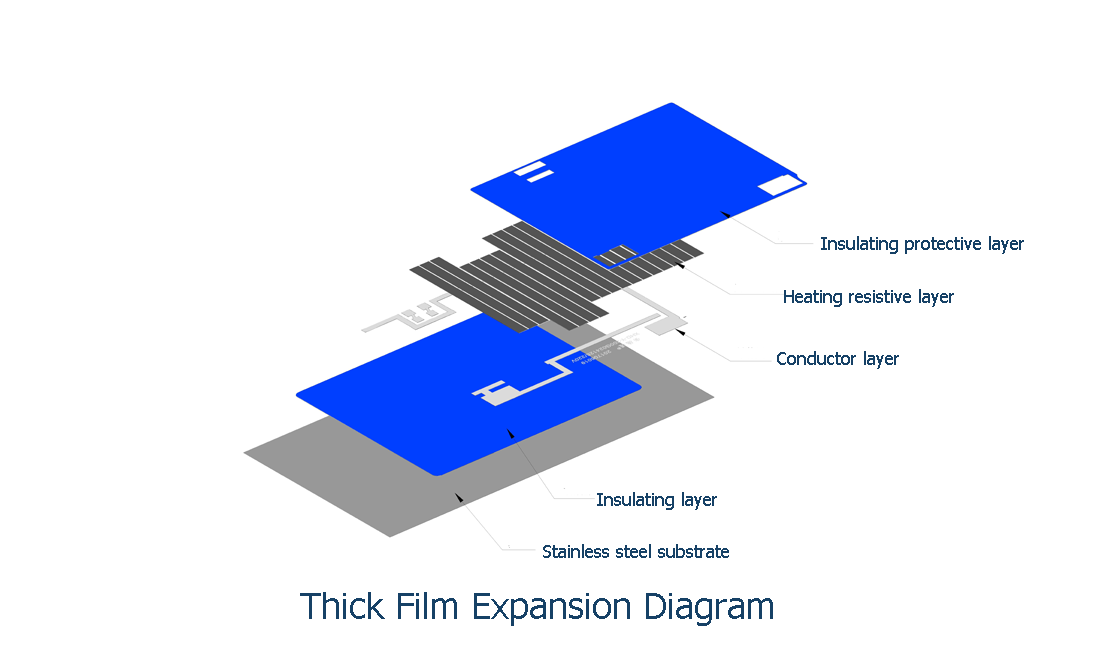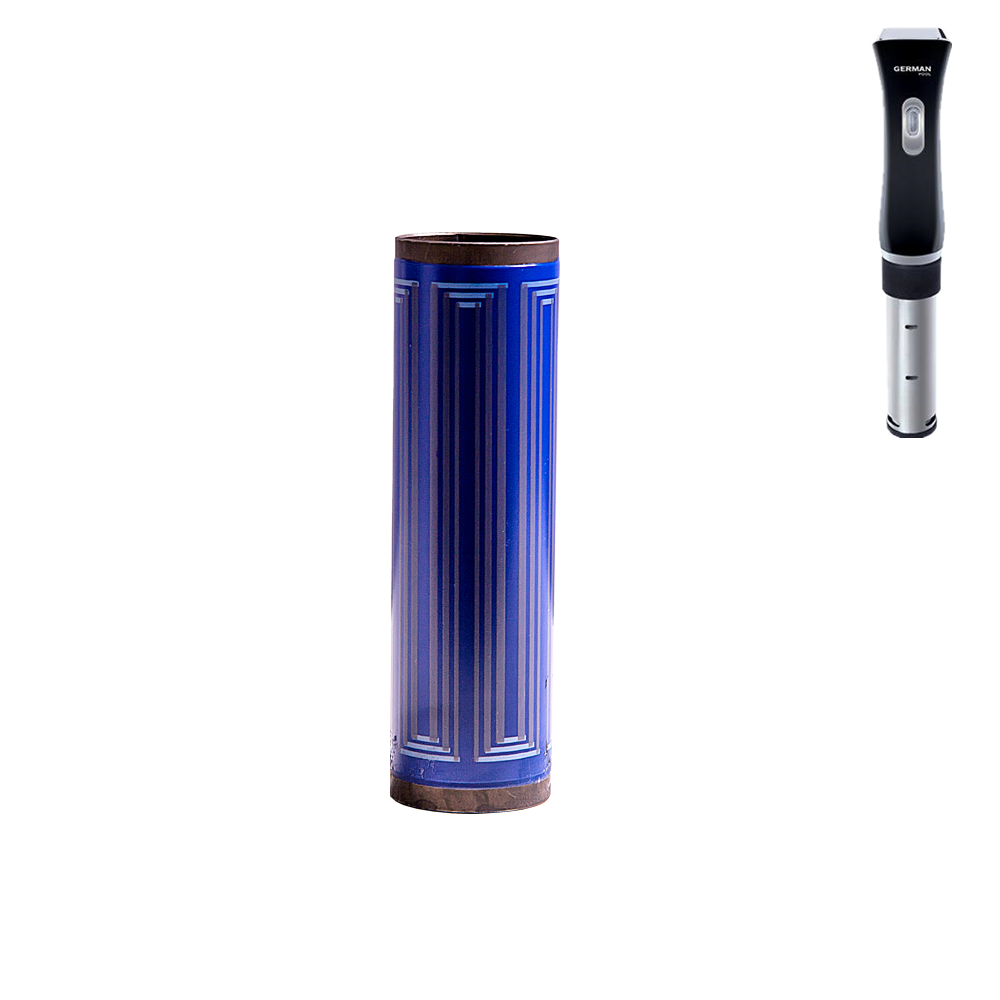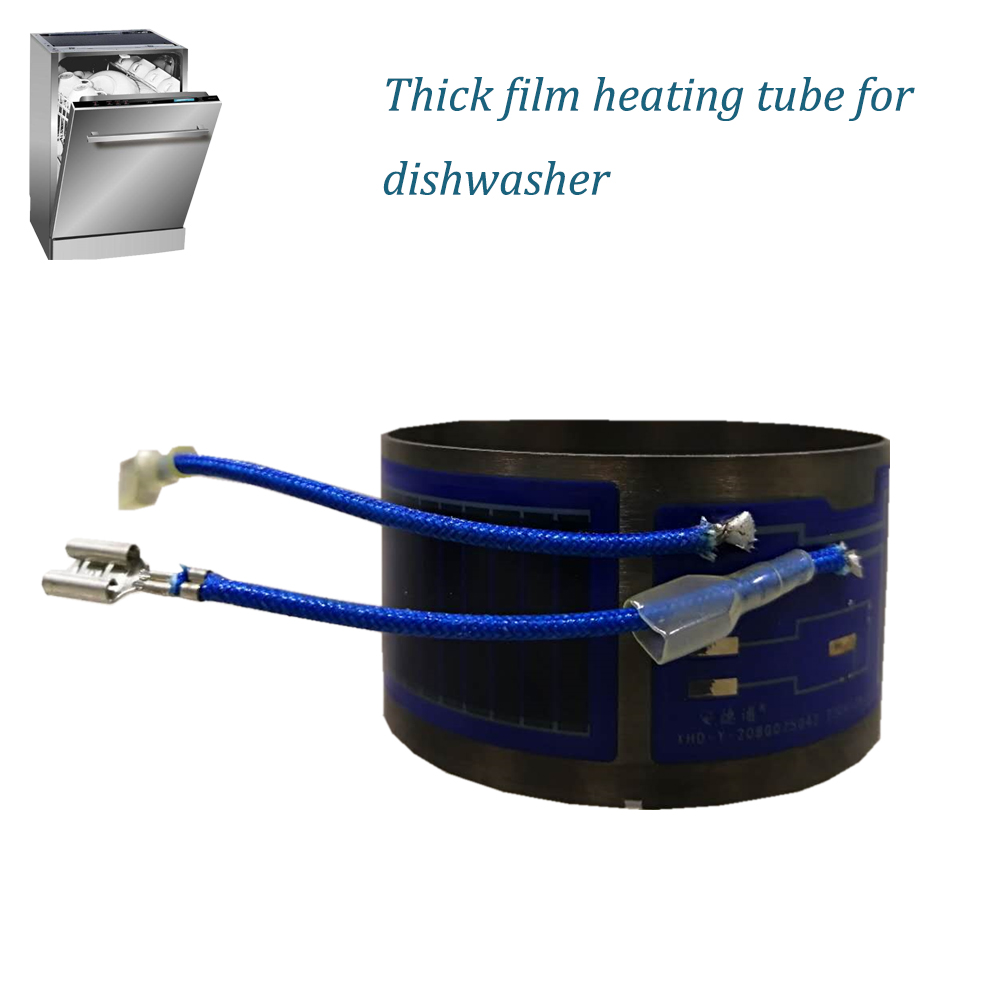Let's talk about a question today: What can the car's electronic system do? Can it really improve control? There are many things electronic systems can do. In simple terms, there are three things: reduce accidents; improve ability to pass; make cars easy to open. For example, the emergency line change, with the ESP electronic stability system (some manufacturers call DSC, VSC, VSA, etc.), can greatly prevent the vehicle from losing control, spinning and triggering more serious accidents. ESP works by automatically braking one or more wheels when the vehicle is to run out of control, creating an anti-torque that prevents the vehicle from spinning. To brake the individual wheels individually, this is impossible for any human action because you only have one brake pedal. Although, theoretically, any loss of control can be achieved through the direction of the car, but it requires F1 driver-level technology, the average driver's chance of success is extremely low. Electronic systems can also improve cornering performance. The emerging technologies such as electronic differential system and vector distribution system can make the car not push the head and do not flick the tail, thereby improving the ability to enter the bend. The specific method is to automatically brake the inner wheel when cornering, to create a moment to "pull" the car back to the bend, or to actively increase the power of the outer wheel to "push" the car into the bend. The same way to curb flicking is the opposite of the inside and outside. In snow and slippery surfaces, electronic systems can improve passability. Peugeot Citroen's all-terrain system is based on a two-wheel-drive vehicle, which uses a large number of sensors and power output controls to keep the drive wheels at optimal speeds, preventing idling slippage and increasing passability. The Jaguar XE also has a new system that allows the rear-wheel drive to start smoothly on the slopes of the snow. This is the weakness of the past drive. The electronic four-wheel drive system used in off-road vehicles can independently detect which wheel slips and brake the wheel alone, which makes the car respond to a very complex and changeable environment and can also pass through calmly. Although the old-school pure mechanical four-wheel drive also has strong passivity, it is not as cost-effective as the new electronic systems because of the relatively high system cost. With high-powered super-running and power “on the fly,†TCS traction control can reduce power output when it detects that the wheels may slip, thus avoiding slipping. This makes the car more open and easier to open. In fact, depot engineers are not fools. They are not fools. Electronic systems are needed by people, whether they are safe or faster. Be aware that sometimes safety means faster. As an example, Audi's R8 LMS car has 12 adjustable TCS. I asked professional drivers. They also said that they wouldn't be completely off. They would use 3 or 4 files to find a balance between good and fast. This year, there are very few electronically assisted vehicles. This type of car is more used to hone their own pure driving skills. But when they really hit the road, they must be insecure; if they want to run fast, they may not be able to do so in the hands of most people. Last reminder. Due to the increasingly sophisticated electronic systems of today's cars, many of them closely monitor and act on four wheels, so the original factory will spend a lot of time matching electronic systems and tires. For those high-end car owners, if there is a problem with a single tire, do not replace one tire with a different brand or model than other tires. This will make the electronic system calculations biased, affecting performance, failure lights, heavy, the ESP and other electronic systems can not work correctly at critical times, leading to functional failure.
The rare-earth metal thick film heating technology is one of
today's most innovation and forward-looking solution for electric heating
field.The thick film heating tubes/elements are produced by screen-printing
dielectrics (5 layers), resistance (palladium-silver), conductor (silver) and
isolation glazes on the substrate and sintered 7-9 times at temperature over
900℃.
Thick film heaters may have extremely high power densities
combined with a low thermal mass. This results in ultra-fast heating of water,
food and other media. Energy transport is very direct and efficient. In
numerous applications stand-by modes can be omitted or drastically improved.
This makes that thick film heaters are your environmental friendly solution.
GIDAPE® ANDETONG® series stainless steel thick film heating
element. High Quality, Safety and Reliability, Stable Performance and Long
service Life. Chinese are all around the world, so the Chinese culture and
lifestyle are also affecting people all over the world. For example, drink hot
water is very healthy lifestyle. It can keep you digestion system health and
improve circulation and detoxification. In finally, you need our environmental
and safety thick film heating body which can heat water instantly.
Instant Heater For Kitchen Appliances Instant Heater For Kitchen Appliances,Electric Kettle,Hot Water Dispenser,Electric Water Kettle XINXIANG JIEDA PRECISION ELECTRONICS CO.,LTD , https://www.gidaheater.com


